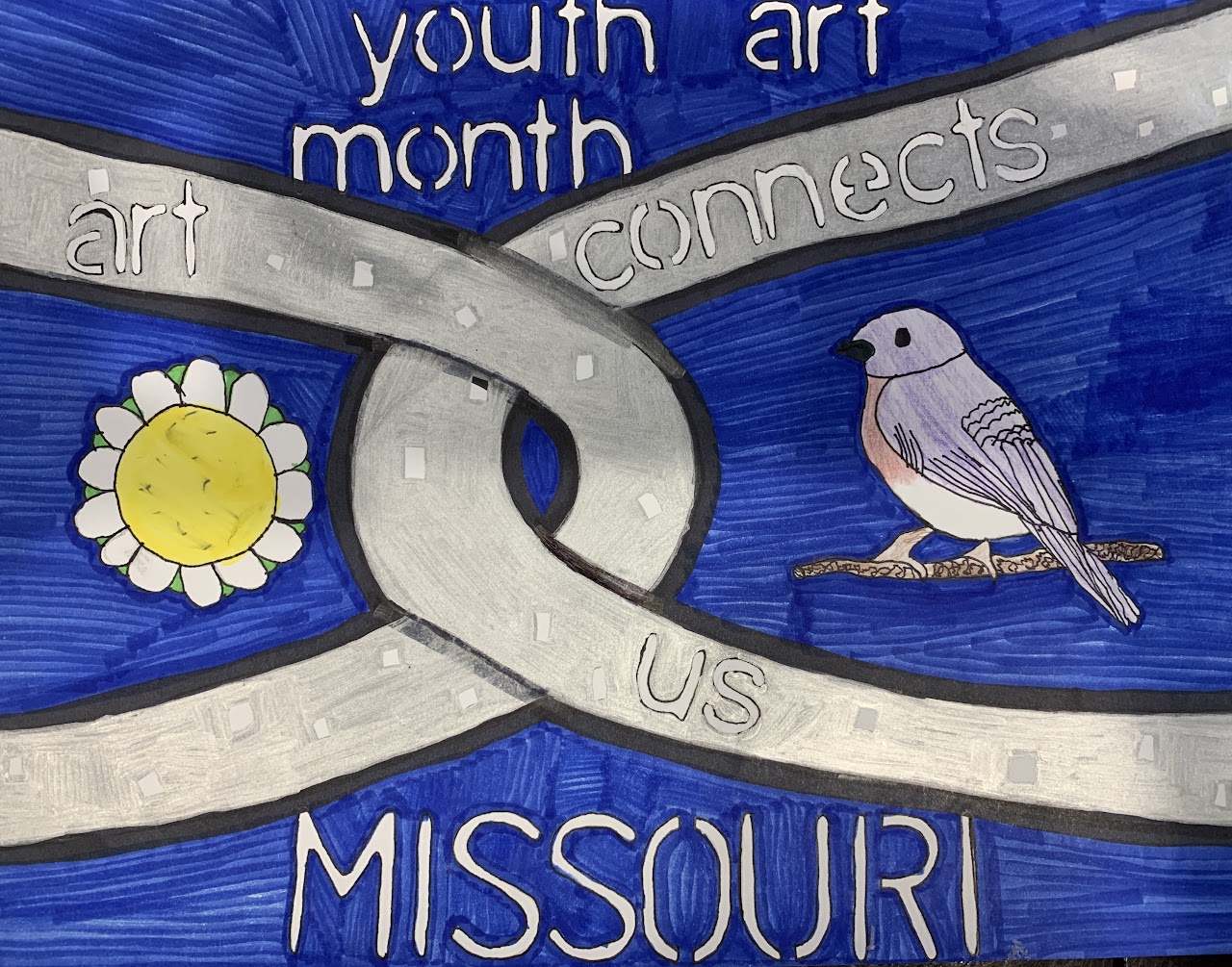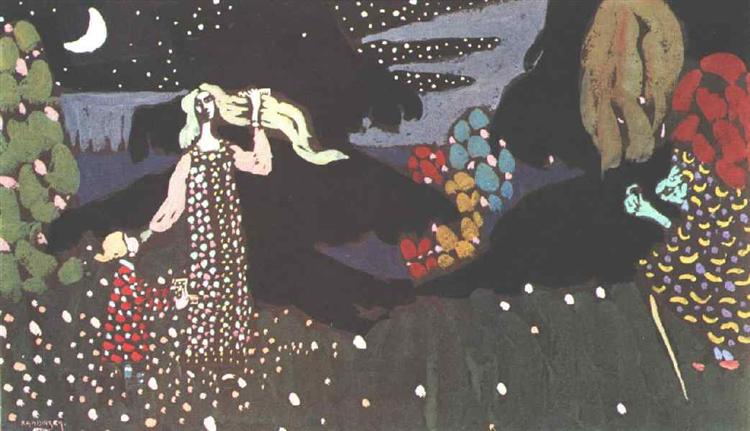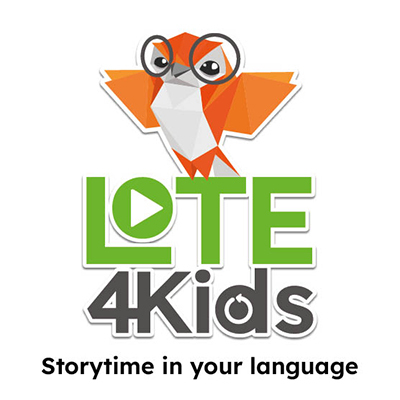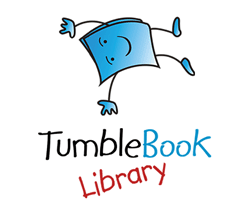
Welcome to Youth Art Month! Every March in the U.S., countless educational institutions, museums, nonprofit organizations, state legislatures and libraries celebrate Youth Art Month, or the delightful acronym YAM. Founded in 1961 as Children’s Art Month by the Art & Creative Materials Institute (ACMI), YAM champions the visual arts and encourages the participation in and the development of arts education across the nation’s youth population from kindergarten to 12th grade. At the national level, YAM is run by the Council For Arts Education (CFAE), which coordinates a yearly theme and flag-design competition across all 50 states. Each state submits a student-designed flag interpreting the yearly theme, which is then showcased at the YAM Museum at the National Art Education Association Convention. The theme for 2021-2022 is “Art Connects Us,” and this year’s convention ran last week from March 3-5.
Here in Missouri, the Missouri Art Education Association (MAEA) organizes an awards ceremony and exhibit of winning artworks at the State Capitol in Jefferson City. Because of the pandemic, last year the MAEA held a virtual show, which you can still access and view on their website. This year the YAM Awards and Recognition Ceremony is scheduled for March 21st at the Capitol, and the ceremony for the Senate Exhibit, which celebrates the winning works of art that will remain on display at the Capitol until 2023, will be on March 23rd. If you can’t make it to the Capitol for either ceremony or to view the exhibition, don’t worry. After all, the best way to celebrate YAM is to create art! If you’re looking for a new strategy to get you started, let me introduce you to one of my favorite artistic practices: ekphrasis.
Ekphrasis derives from the ancient Greek words for “speak” and “out” and can be translated as “utterance” or “description.” Historically, ekphrasis has been used by poets and scholars to describe or translate the visual aspects of a drawing, painting, sculpture or photograph into another art form — into that of the written word. According to the Poetry Foundation, “An ekphrastic poem is a vivid description of a scene or, more commonly, a work of art. Through the imaginative act of narrating and reflecting on the ‘action’ of a painting or sculpture, the poet may amplify and expand its meaning.” In other words, ekphrasis uses one work of art (like a painting) to inspire the creation of another (like a poem). One of my favorite examples is how poet Gjertrud Schnackenberg responded to a painting from artist Wassily Kandinsky.

In the modern sense, ekphrasis has lost its stricter meaning of translating visual art into verbal art and is now commonly used to refer to any work of art that is created in response to or is inspired by another work of art from a different medium. So, you might create a dance routine or song responding to a painting or photograph, or you might make a cross-stitch or scarf inspired by a favorite film or cartoon. If you think about all the different kinds of art that exist in the world — drawing, painting, writing, sculpture, dance, drama, song, music, comics, memes, fashion and more — the possibilities for creation are endless!
What I really love about ekphrasis, though, is that the practice is deeply dialogic by nature. Ekphrastic works create dialogue as well as art. They create dialogue with art. They prioritize and celebrate connection. They connect us as artists in a larger creative community, across generations and even centuries. So, for this Youth Art Month, with the theme “Art Connects Us” as your guide, consider implementing ekphrasis as you paint or draw or sing or write or design or code or stitch or act. You never know what connections you might uncover and create!



